Subject & Scene: Photographer Megan Doherty reflects
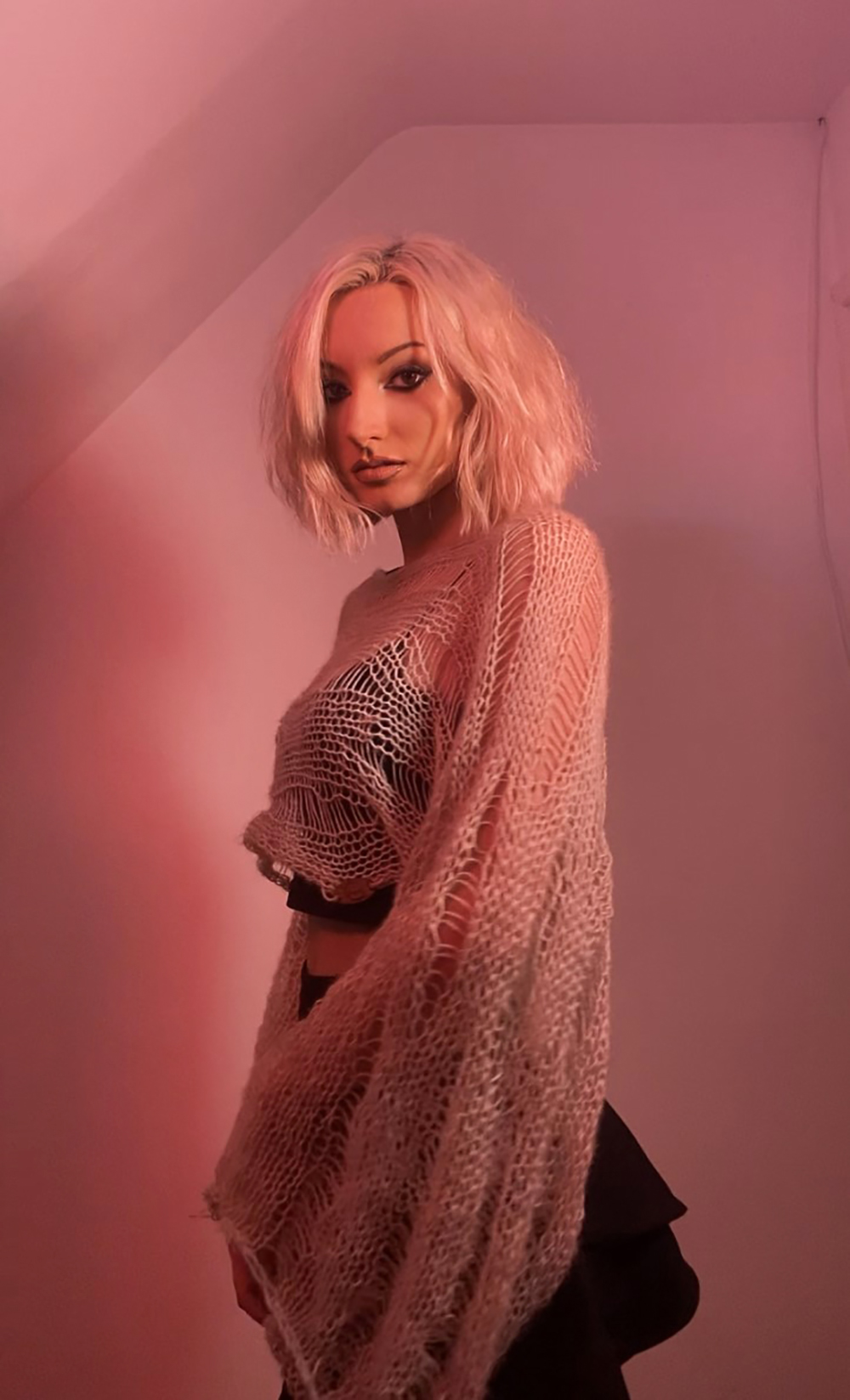
Megan Doherty reflects on winning winning Hennessy’s ‘Championing Scenes’ Award at the inaugural Abbey Road Studios Music Photography Awards.
Music photography is interesting in the sense that it is somewhat fascinating to observe someone create art whilst observing art.
There is often debate as to whether photography is in fact a form or art or simply a means of documentation and to some extent this depends on the imagery captured and the ideological standpoint of the photographer themselves.
Last month saw Megan Doherty win an award for her photography in which she spotlighted Derry, showcasing an alternative side to the city and turning her lens toward the off piste.
Megan was crowned the victor of the ‘Championing Scenes’ category of which Hennessy sponsored at the inaugural Abbey Road Studios Music Photography Awards. This was a category which placed emphasis on counter culture music based photography, highlighting the communities and atmosphere associated with a particular place, sound or style. The essence being to communicate the sound, feeling, emotion, hedonism and cultural aesthetic of a sound within a photograph.
The picture for which Megan was presented with the award was for a candid cut of three friends lost in a moment, wandering against a backdrop of flickering, dancing lights like fireflies against the night sky. There’s an ambience, a sense of delicate escapism and longing for three musical friends, who’s soundtrack we do not know yet feels awfully familiar.

This was one of just a handful of pictures taken as part of this project which later went on to make up the book ‘Stoned in Melanchol’. Megan used the book as an outlet to channel elements of fabulous cinematography, pairing the banality and sometimes bleak backdrop of Derry alongside a wild neon cast energy reminiscent of a sunset city and a world far away.

We spoke to Megan about her approach to photography…
What role do you feel photography plays in the documentation of culture?
“I feel photography is as important as any other medium in documenting culture. Photography provides a visual representation of our culture, and freezes moments in time. That said, it’s interesting to consider that that representation may not always be accurate depending on who’s behind the camera. I feel like a photograph can say just as much about the photographer as it can about the subject.”
How did you first gravitate towards your subject matter? What inspired your photography?
My choice of subject matter came about due to a combination between circumstance and infatuation with the people around me. I was living in a small-town and feeling trapped at the time, so my work was born from escapism essentially. I looked to cinema in particular as a way to escape and I became absorbed in the fictional worlds I saw on screen — circumstances similar to mine, however they were romanticised and so aesthetically beautiful that I decided I wanted to project this vision onto my own reality.
“The photograph is essentially the photographer’s vision and the magic that they’ve identified within a scene, however without the subject and the authenticity and emotion they brought in front of the camera, the photograph could not exist.”
From an aesthetic perspective, how do you manage to capture emotion and sincerity when taking pictures?
I feel in order to capture emotion and sincerity you need to be in a situation, or even create a situation, where your subjects feel open and can behave naturally. Although sometimes this isn’t always possible when someone’s performing in front of the camera, so I feel like it’s important to stay engaged and recognize the genuine moments when taking pictures, because sometimes they’ll only last a few seconds.
What beyond music inspires you?
Cinema, art, fashion, literature, dreams — I take inspiration from as many sources as I can.
Has your involvement in musical subcultures aided in your progression as a photographer?
Absolutely, being involved with musicians has led to creating work, even commercially, that has helped me fine-tune technical skills, but has also taught me the art of collaboration. There’s also a domino effect — working with certain musicians leads to opportunities with others which of course helps you progress forward as a photographer.
How does it feel to be recognised for the moments you’ve captured in pictures?
It’s really amazing. I’ve had people tell me that I’d never be able to make a career out of this and faced a lot of obstacles along the way, but I’ve always known that this is what I want to do in life, so I just keep pushing and working as hard as I can. To be recognised for that is such a great feeling and it’s given me even more drive.
Who is more important, the photographer or the subject?
I think it depends on the type of photography you’re referring to — but for the most part, I believe photographer and subject are as equally important when it comes to creating art. The photograph is essentially the photographer’s vision and the magic that they’ve identified within a scene, however without the subject and the authenticity and emotion they brought in front of the camera, the photograph could not exist.
What does your process consist of? Do you edit or manipulate your photographs in any way post-development?
As I shoot on film, my process involves sending the rolls of film to the lab for development and for scanning, however sometimes I’ll choose to scan the negatives myself if I’m trying to achieve a more controlled aesthetic. Also, choosing to edit or manipulate images depends on what the photographs are for and the desired outcome, but for the most part, I can’t help but experiment once I have the scanned image. I’ll usually play about with colours and curves in post depending on the desired effect.


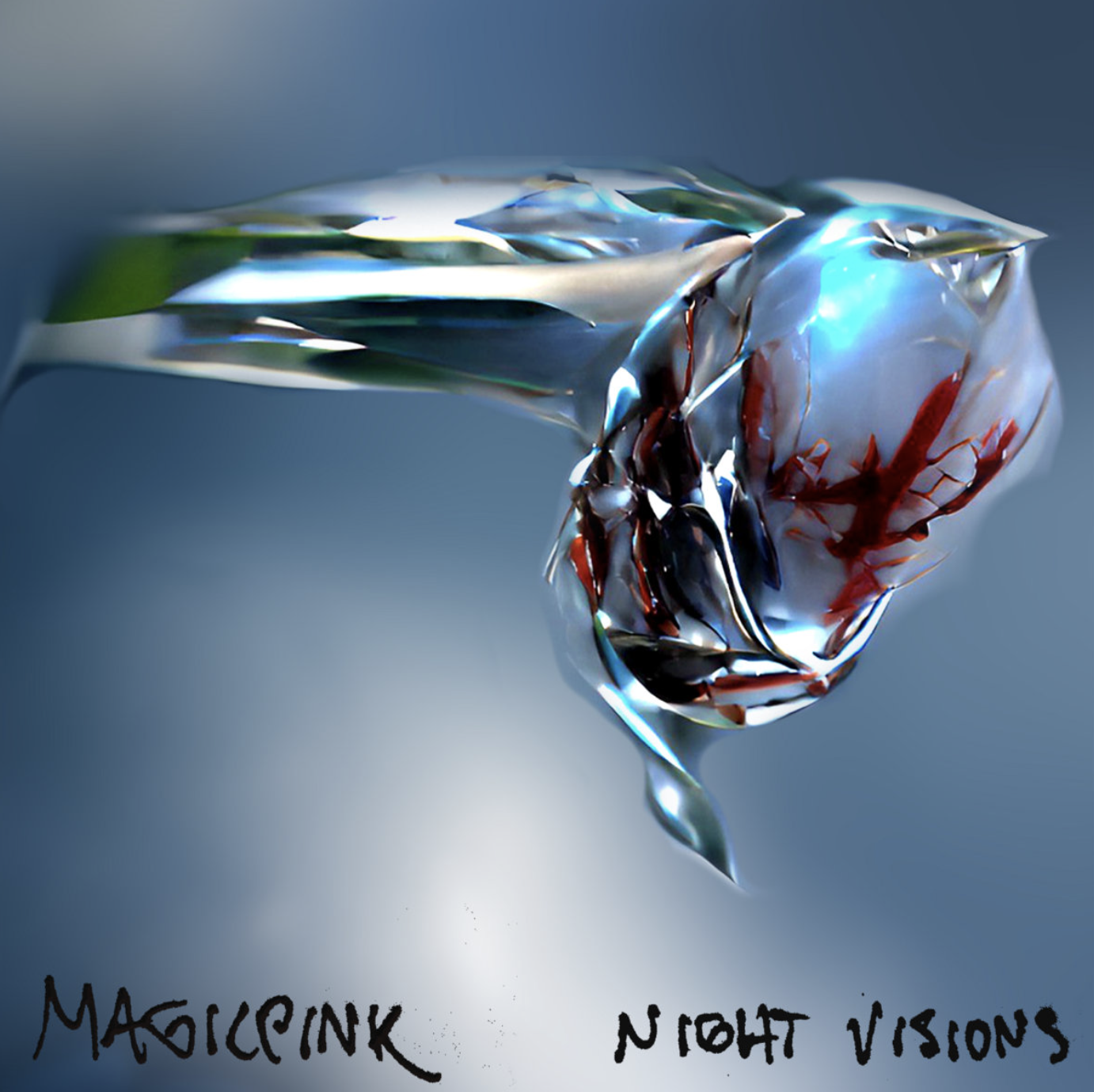
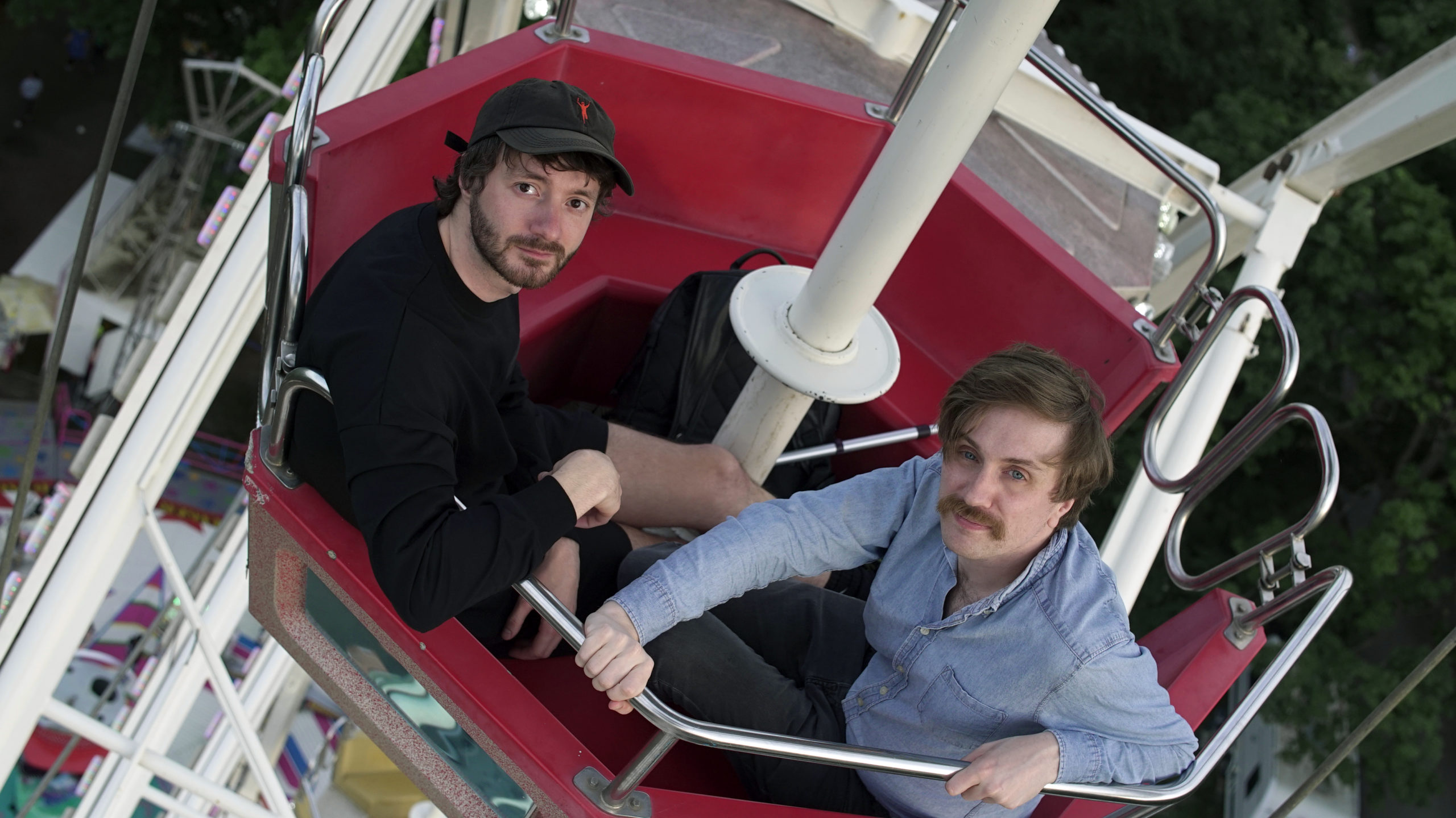
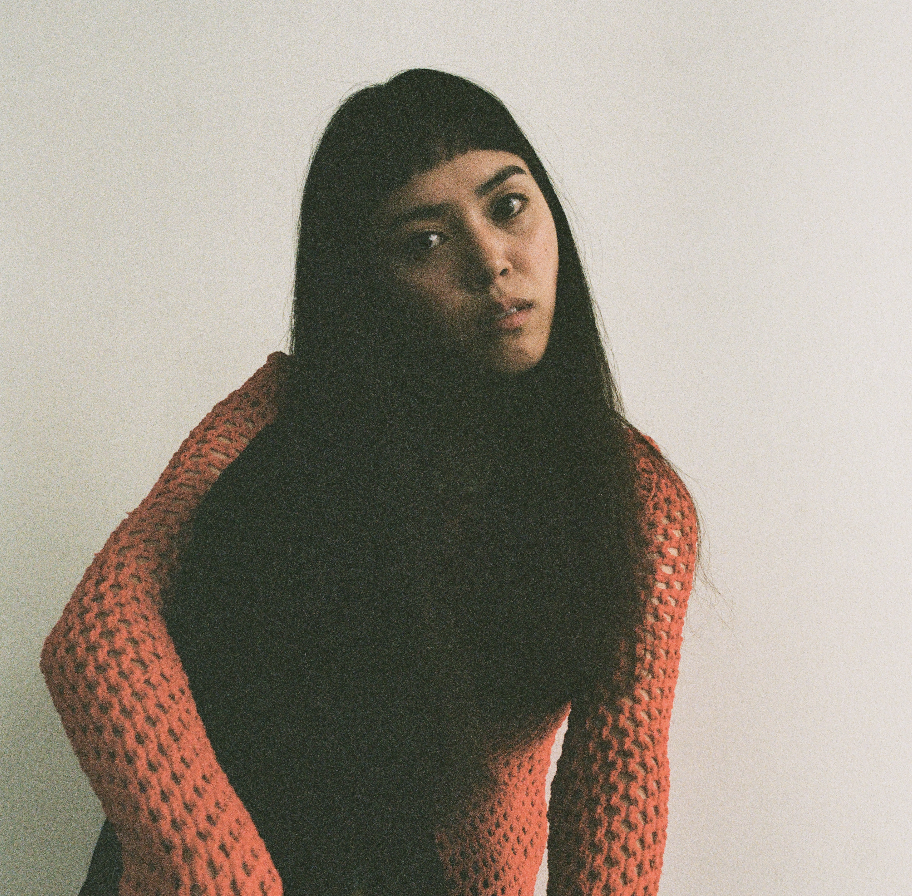












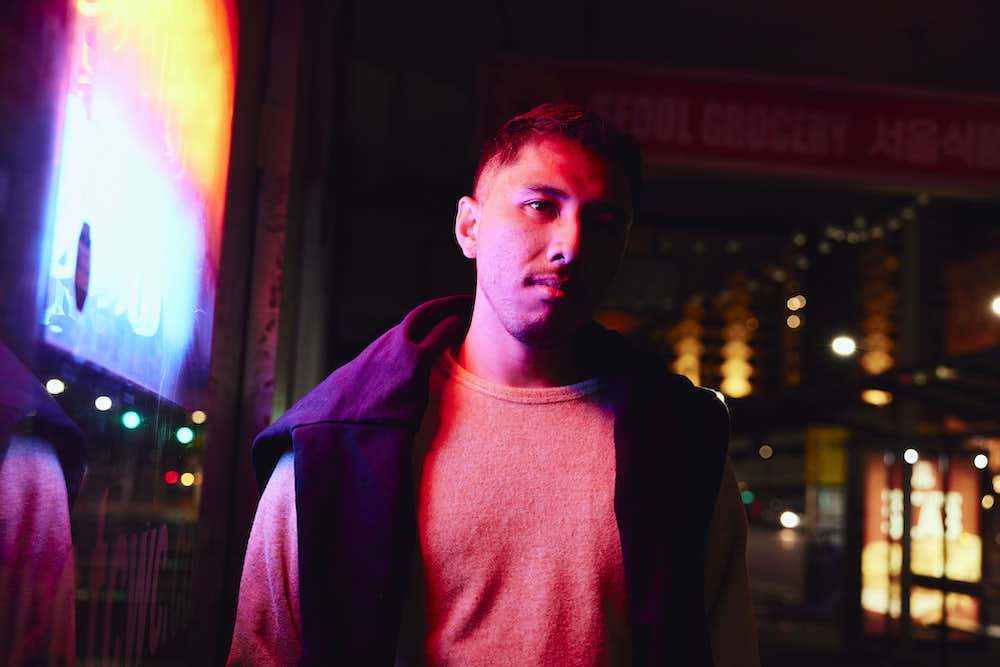




Must Reads
David Holmes – Humanity As An Act Of Resistance in three chapters
As a nation, the Irish have always had a profound relationship with the people of Palestine
Rotterdam – A City which Bounces Back
The Dutch city is in a state of constant revival
Going Remote.
Home swapping as a lifestyle choice
Trending track
Vels d’Èter
Glass Isle
Shop NowDreaming
Timothy Clerkin
Shop Now